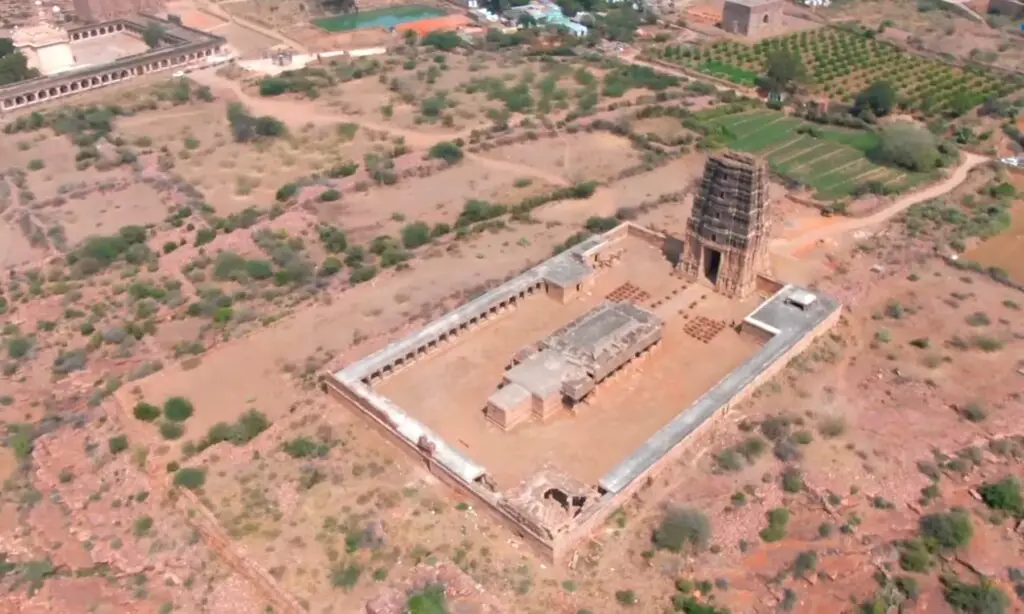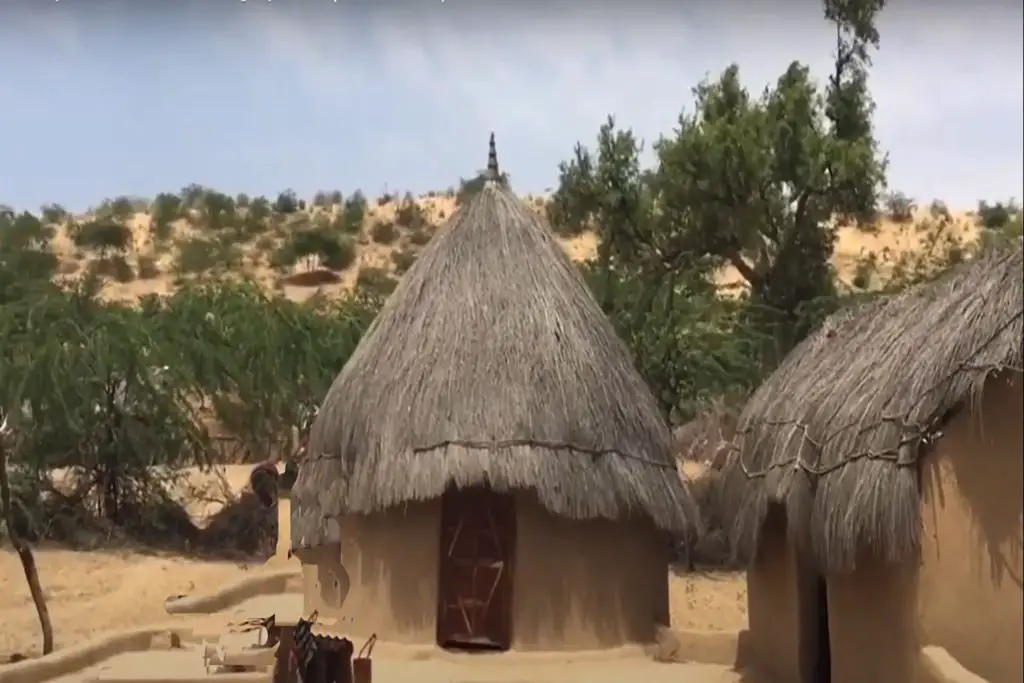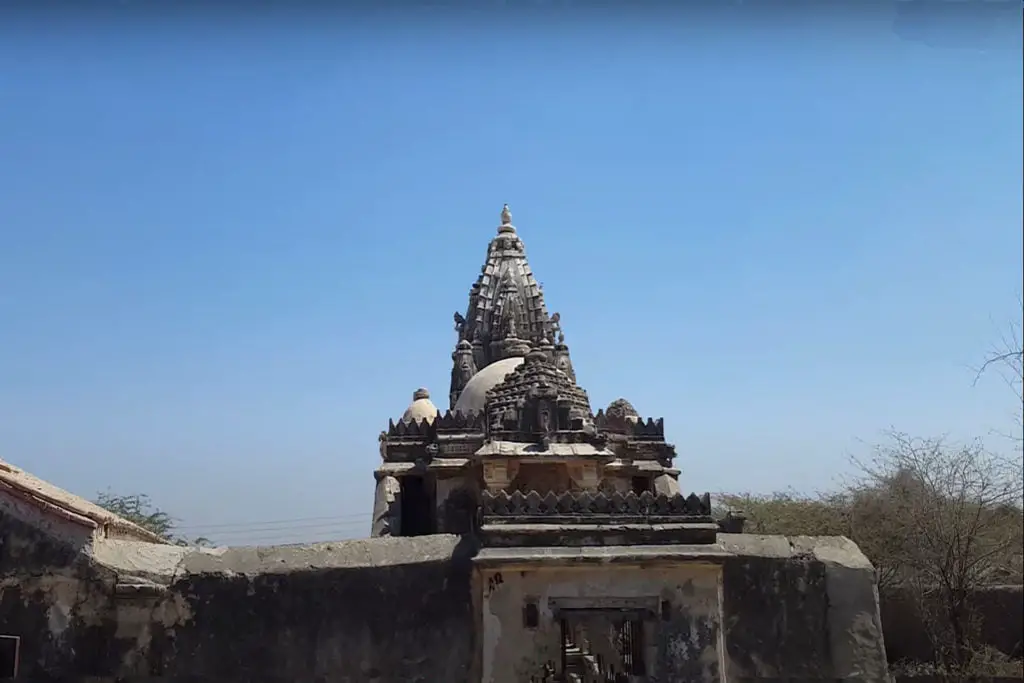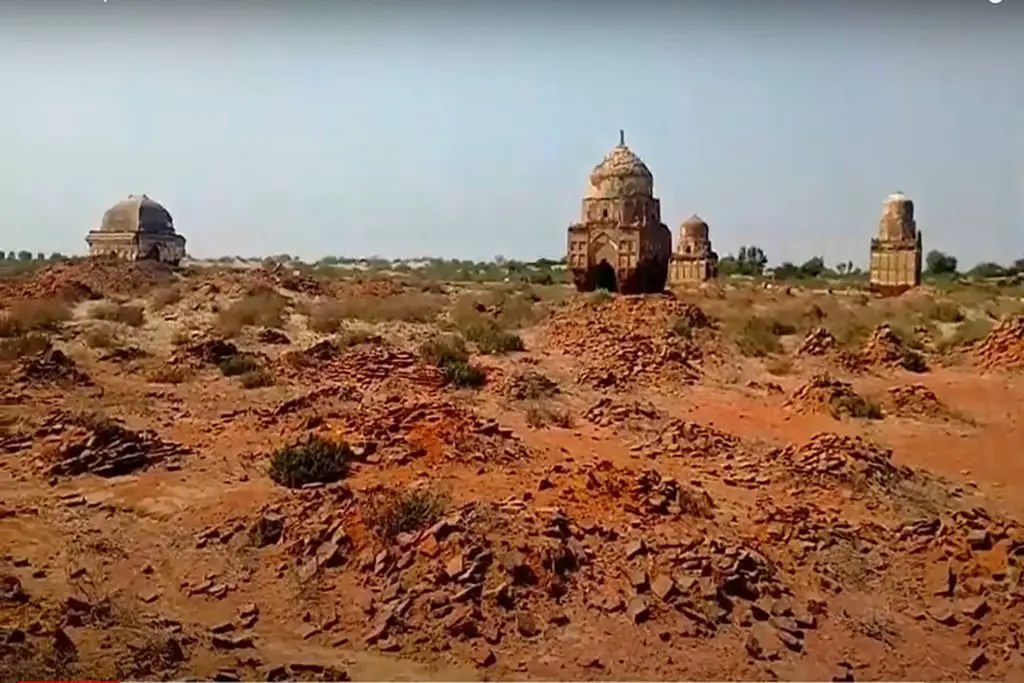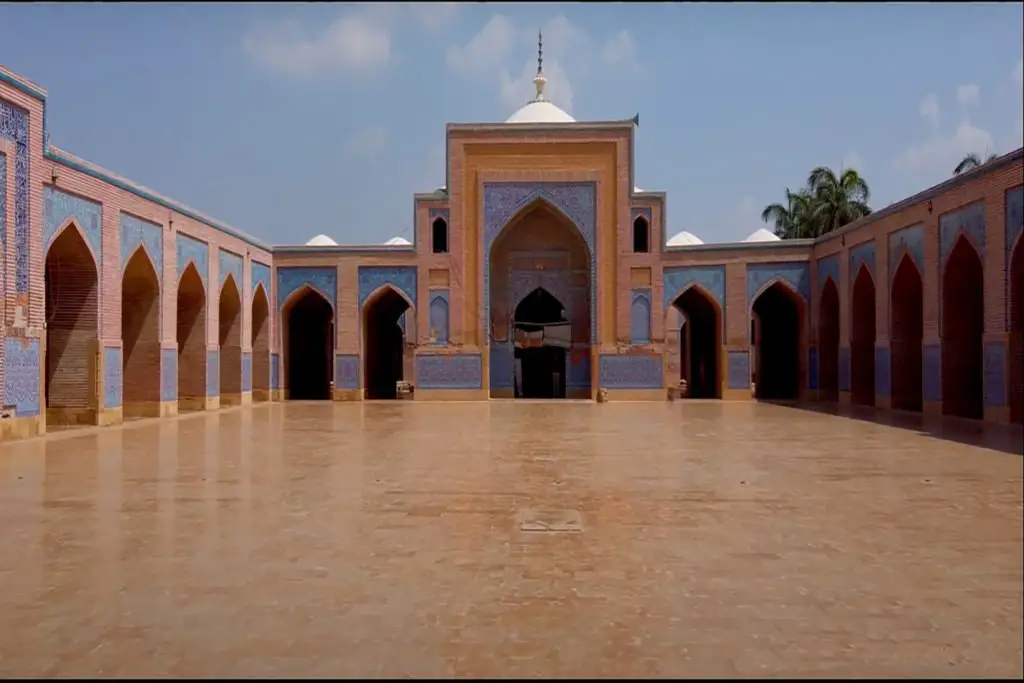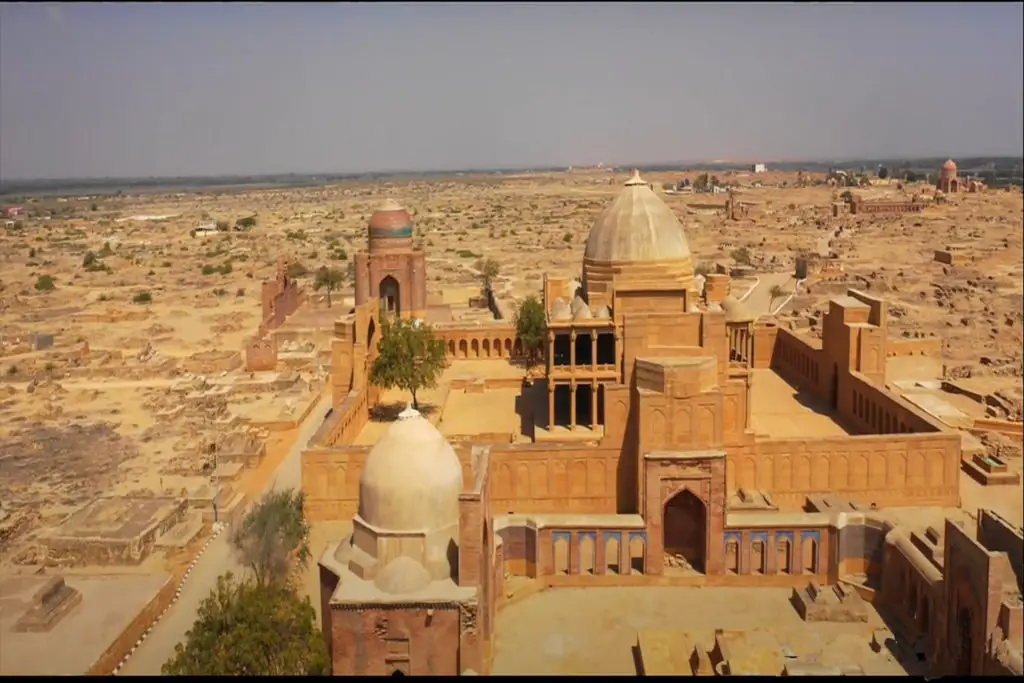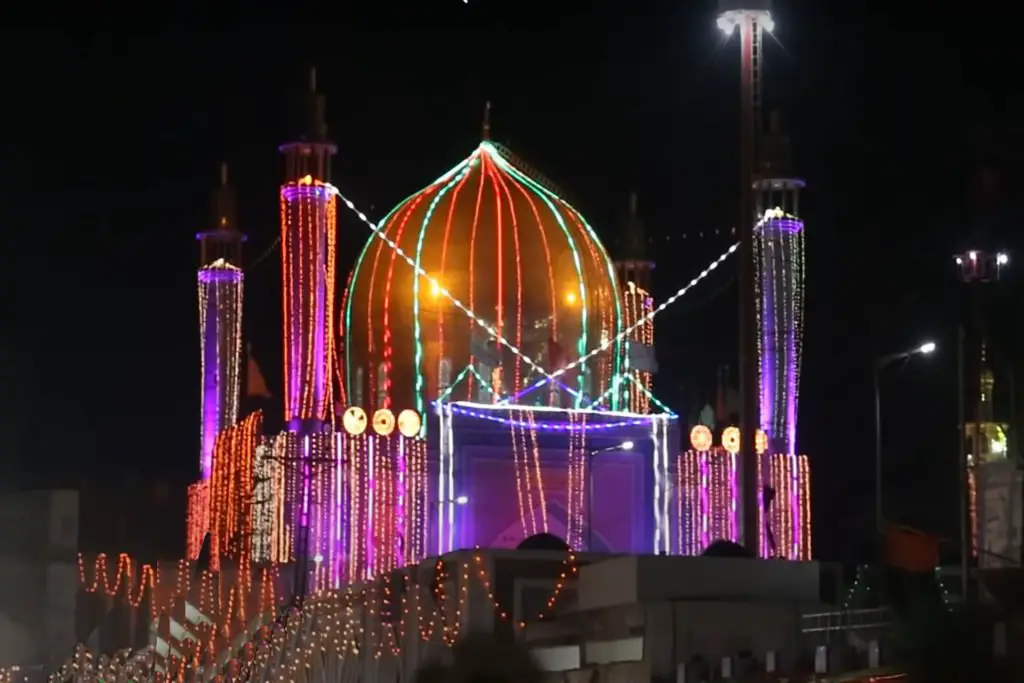The Thar Desert covers an area of 175,000 square kilometers and covers large areas of Pakistan and India. It is the largest desert in Pakistan and the only subtropical desert in Asia. It is the 16th largest desert on the planet and the third largest in Asia.
It also spread to India. The Thar Desert, also known as the Great Indian Desert, is a large, arid region in the northwestern part of the Indian subcontinent that forms the natural border between India and Pakistan. It is the 16th largest desert in the world and the 9th largest subtropical desert in the world. 85% of the Thar Desert is in India and the remaining 15% is in Pakistan.
In India, it covers 320,000 km2 (120,000 sq mi), of which 90% is in Rajasthan and extends into Gujarat, Punjab and Haryana. In Pakistan, it spreads across Punjab and Sindh starting from the Tharparkar district in the east. This desert consists of a very dry part, the Marusthali region, in the west and a semi-desert region in the east with fewer sand dunes and slightly more rainfall.
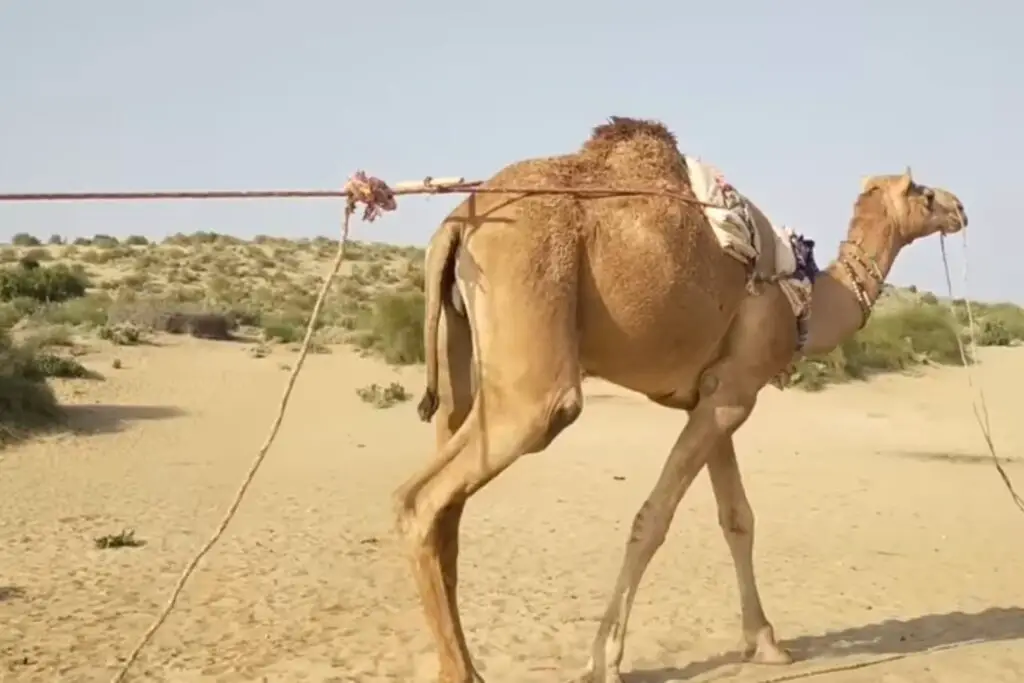
Location of the Thar Desert in Pakistan
Located in the south of Pakistan’s Sindh province, the Thar Desert is home to many species of indigenous trees, herbs, and grasses. It is this that provides fodder for more than 6 million farm animals.
Friendly Desert
Another incredible fact about the Thar is that despite its harsh natural environment, the desert is home to around 30 million people, making it one of the most populated, easily accessible, and least inhospitable deserts in the world. Because of these factors, it is often nicknamed the “Friendly Desert”.
Most of the inhabitants of this desert live in rural areas and practice both Islam and Hinduism. This brings cultural diversity to the region and people here celebrate many colorful festivals throughout the year. A large part of the Tharu population is based on nomads who subsist on agriculture and are mostly involved in animal husbandry.
Wildlife in the Thar Desert
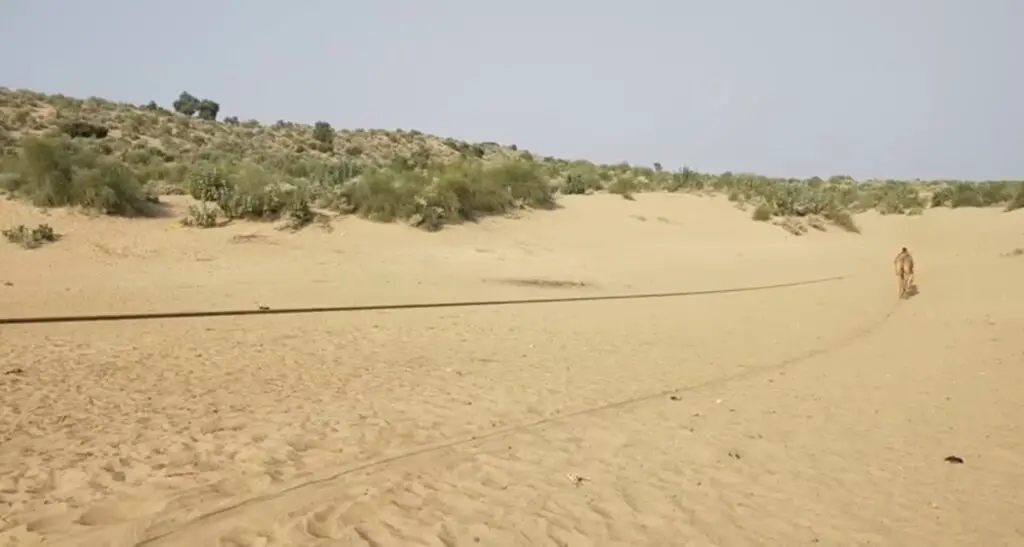
The Thar is also home to some of Pakistan’s most amazing wildlife species that have learned to survive the heat and dryness of the desert. Some of the rarest animals, as well as local and migratory birds, can be seen grazing on the thorn bushes and roaming the vastness of this desert, including Blackbuck, Chinkara, Peacock, Eagles, Harriers, Falcons, Buzzards, Kestrels and vultures to name a few.
Area and People of Thar Desert in Pakistan
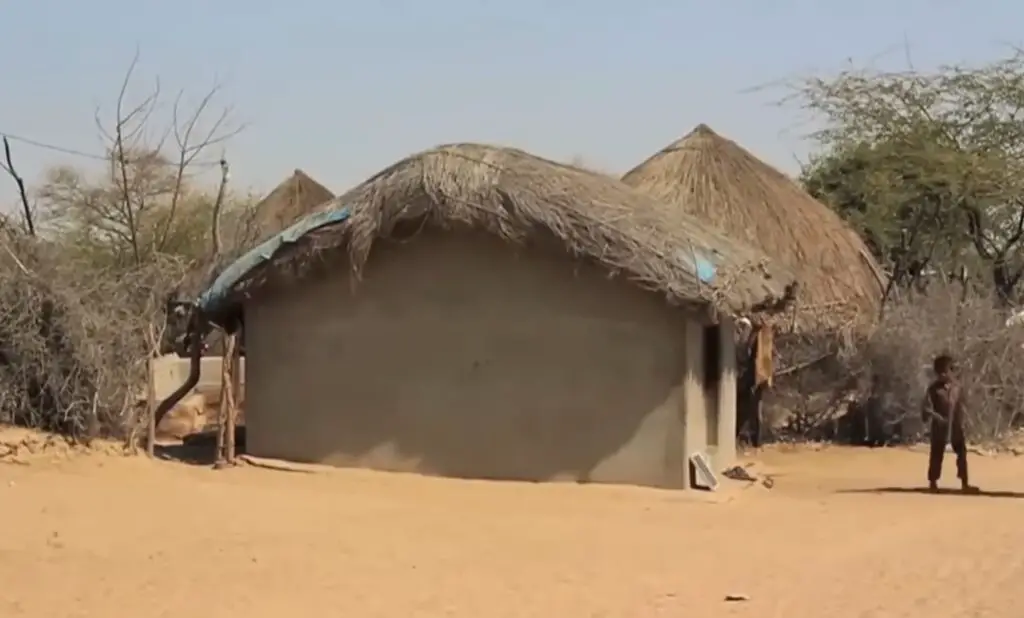
In Pakistan, the desert covers the eastern province of Sindh and the southeastern part of the province of Punjab. The Thar Desert is also known as the ‘Friendly Desert’ due to its easy accessibility and pleasant climate. About half a million inhabitants, 70% of whom are Hindus, inhabit the 13,000 square kilometers of desert, living mostly in mud houses.
Hindus and Muslims live peacefully side by side in the desert and also participate in each other’s celebrations. Rain naturally plays an important role in the life of all parts of the Thar Desert as the water is stored in Tobas (small pools).
These Tobas are then used for drinking, washing, and other purposes. Muslim festivals are held at the tombs of saints and Sufis, while Hindu festivals are held at their temples. The main occupations of the people of the Thar desert are carpentry, fur weaving, leather work, jewelry making, cloth dyeing, embroidery, snake charmers, and agriculture (in certain parts).
The Thar Desert is the most important in Pakistan. It remains the predominant map of Pakistan’s deserts. In addition, according to the Great Indian Desert, the Thar Desert is another arid constituency in the northwestern part of the Indian subcontinent, protecting a zone of 200,000 km2.
The constituency is also well known for its reckless achievements. Desert celebrations are often pre-arranged by the area.
Residents plan only the most famous desert commemorative events for the winter season.
Limited clothing for the general public is spirited clothing, disco, but also buzzing melancholic narratives of heroism, passion, and heartbreak.
The carnival will also feature sea snake charmers, puppeteers, glassblowers, and traditional musicians.
The famous camels of the Thar desert remain the star of remembrance. Throughout the late afternoon, there are melodies, ballet, and a feast of homemade dishes.
Another incredible detail for the Thar sojourns is that despite the unfavorable expected surroundings, the desert remains inhabited by about thirty million general public, building it solitary from maximum occupied.
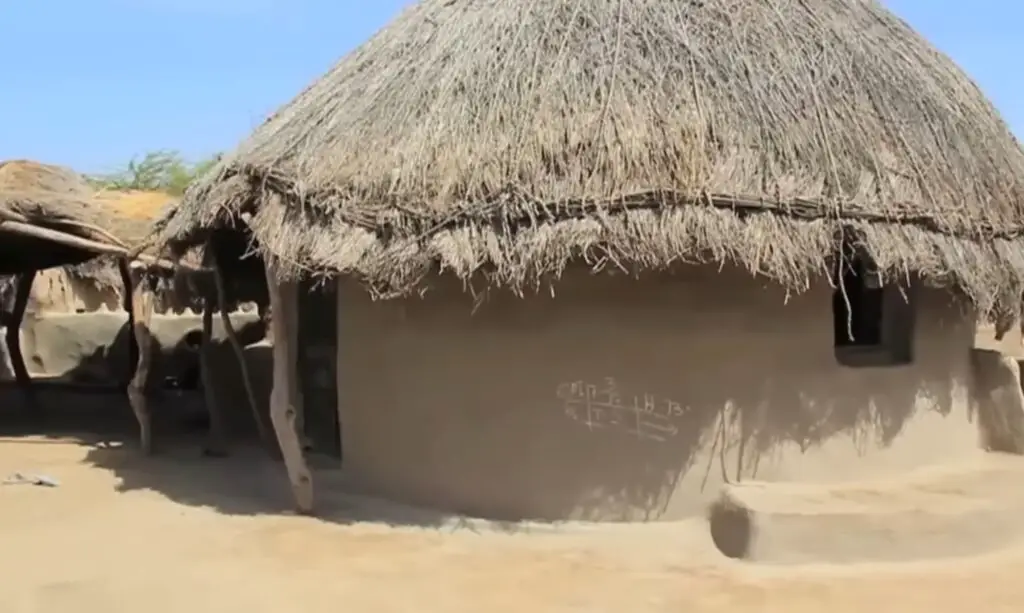
Welcoming Desert
It is easily accessible, as well as the smallest welcoming desert in the biosphere. Due to these features, it is time and again called a “Welcoming Desert”
In addition, the population of the Thar desert lives in rustic zones to practice Islam and Hinduism equally.
This traditional multiplicity with it to the district and the general public in Thar every time pushes the boat out of many interesting vacations all over the place.
Much of the population of Thar remains based on travelers, who should have their source of income based on cultivation and are often tied to intuitive agriculture.
The name Thar Desert is derived from the word t’hul, a general term for the sand ridges of the region. It is defined by many natural boundaries, including the Aravalli Mountains in the southeast and the Punjab Plain in the north and northeast. To the west lies the Indus Plain and to the south the Rann of Kutch.

Geography of the Thar Desert
The geographical isolation of the Thar Desert by mountain ranges and plains contributes significantly to the weather conditions that shape its characteristic hot and dry environment.
The environment around the Thar effectively absorbs all the rain that is carried in the monsoon clouds before the clouds reach the desert. The resulting monsoon winds in the desert are hot and dry, and the desert does not participate in the rainy season of the surrounding terrains.
The constant movement of the desert adds to the beauty of the Thar. While dunes are a common sight in deserts around the world, the Thar Dunes are remarkable for their constant movement. The sandy desert floor is constantly moving.
How Old is the Thar Desert
The origin of the Thar Desert is a controversial topic. Some experts place it at 4,000 to 10,000 years old, while others claim that aridity in the area began much earlier.
Another theory states that the area became a desert relatively recently: Perhaps around 2000–1500 BC Around this time the Ghaggar River ceased to be a major river. Now it ends up in the desert.
Through remote sensing techniques, it has been observed that late Quaternary climate changes and neotectonics played a significant role in modifying the drainage courses, and there are a large number of paleochannels.
Most studies share the opinion that the paleochannels of the Sarasvati coincide with the bed of the present-day Ghaggar and believe that the Sutlej along with the Yamuna once flowed into the present-day Ghaggar riverbed.
It has been postulated that the Sutlej was a major tributary of the Ghaggar, and that subsequently tectonic movements may have forced the Sutlej to the west and the Yamuna to the east, causing the Ghaggar to dry up.
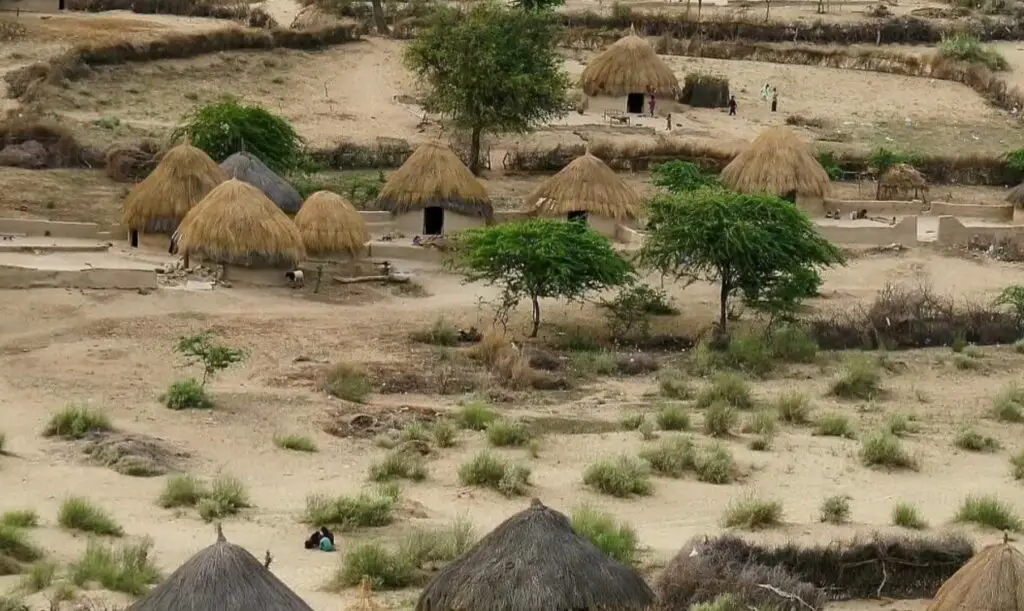
Geography and Natural Signs of Thar Desert
There are three main landforms in the desert region:
• The Thar covered mostly sand
• Plains with hills including central land without dunes
• Hills
The Thar Desert is characterized by a series of undulating sand dunes that vary in height across the desert. While the sand dunes are a common sight in deserts around the world, the Thar Dunes are remarkable for their constant movement.
In stark contrast to the mountain ranges that surround the desert, the sandy desert floor is constantly in motion. The constant movement of the desert, while contributing to the desert’s beauty, has a prohibitive effect on permanent human settlement, as sand can easily be blown over structures.
The sands are particularly mobile due to the region’s strong winds, which sweep the sands across areas of fertile soil. A layer of sand on much of the available agricultural land prevents the development of agriculture in the region.
Some of the Thar dunes have partially stabilized over time, and although not completely sedentary, these older dunes move only by very small degrees. Older dunes can reach heights of 500 feet.
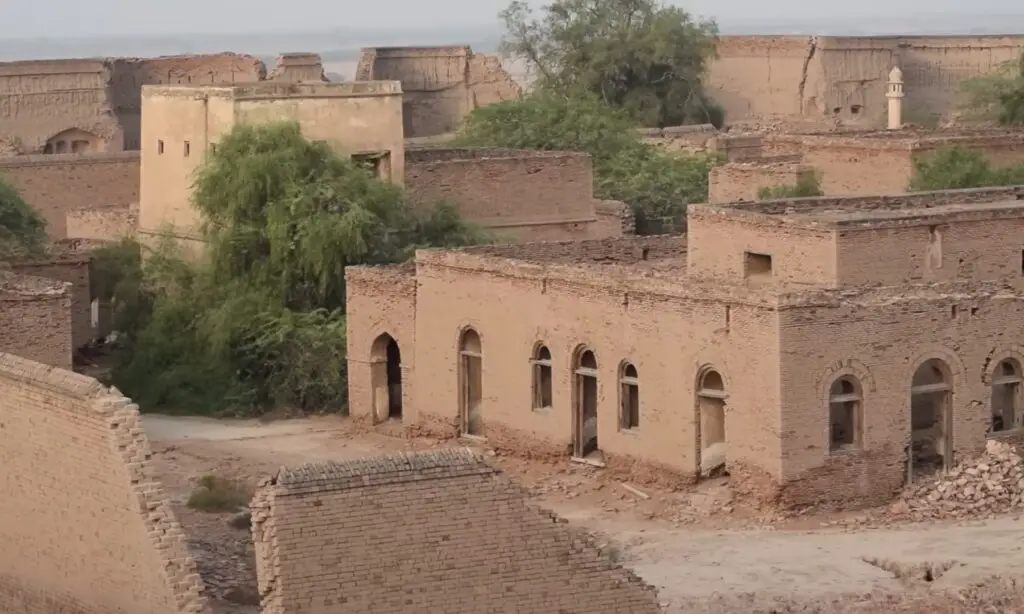
Several saltwater lakes, scattered among the sands of the Thar, provide a unique and welcoming environment for the creatures living in the desert. Although the water from the lakes cannot be consumed by humans, they provide much-needed shelter and viable agricultural land.
However, the abundance of saltwater also highlights the extreme scarcity of drinking water in the Thar Desert. Annual rainfall in the region is particularly low, measuring 4-20 inches, most of which falls during the monsoon season.
It is difficult to estimate the annual rainfall for the Thar Desert as rainfall often varies greatly from year to year.
